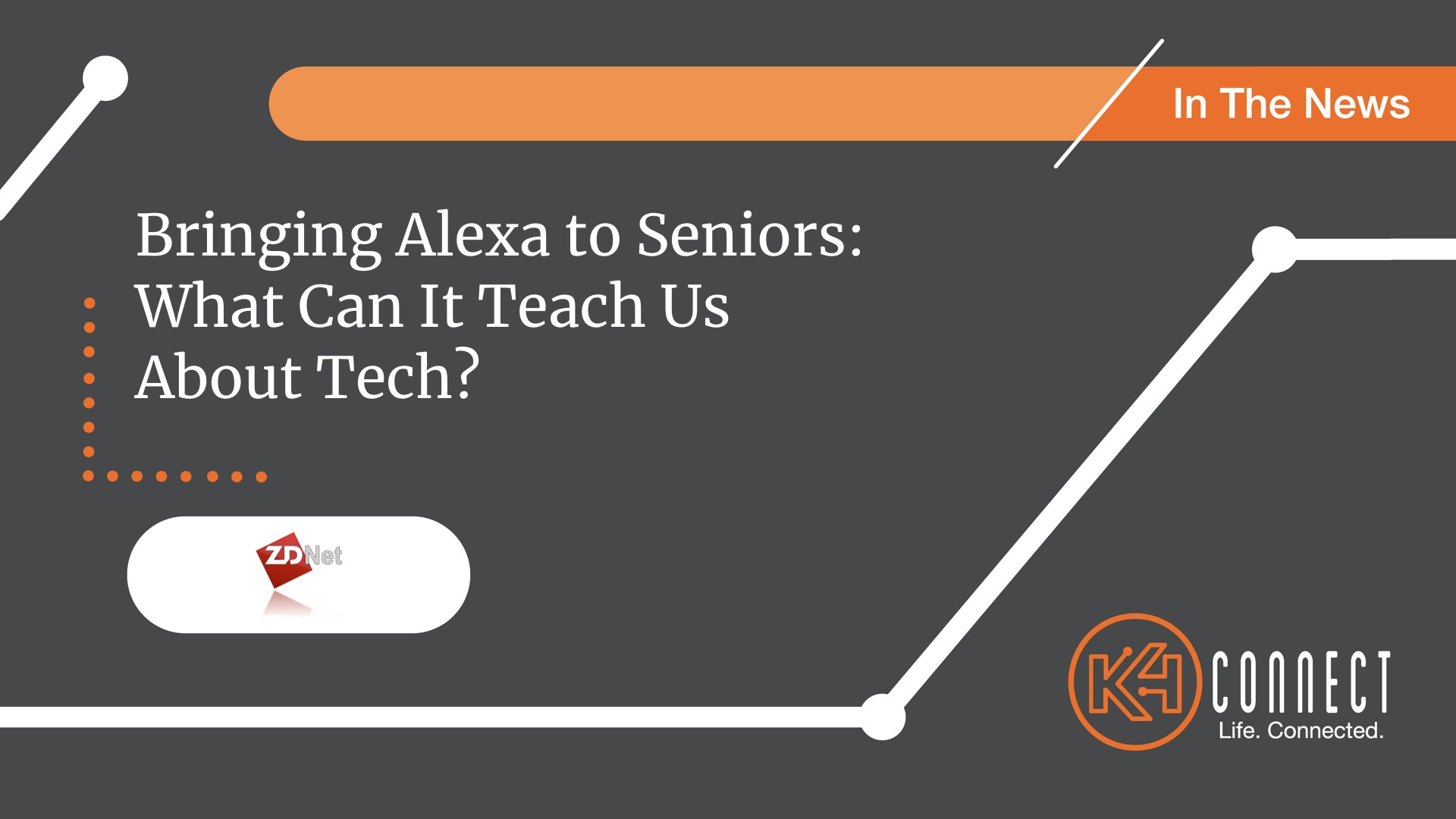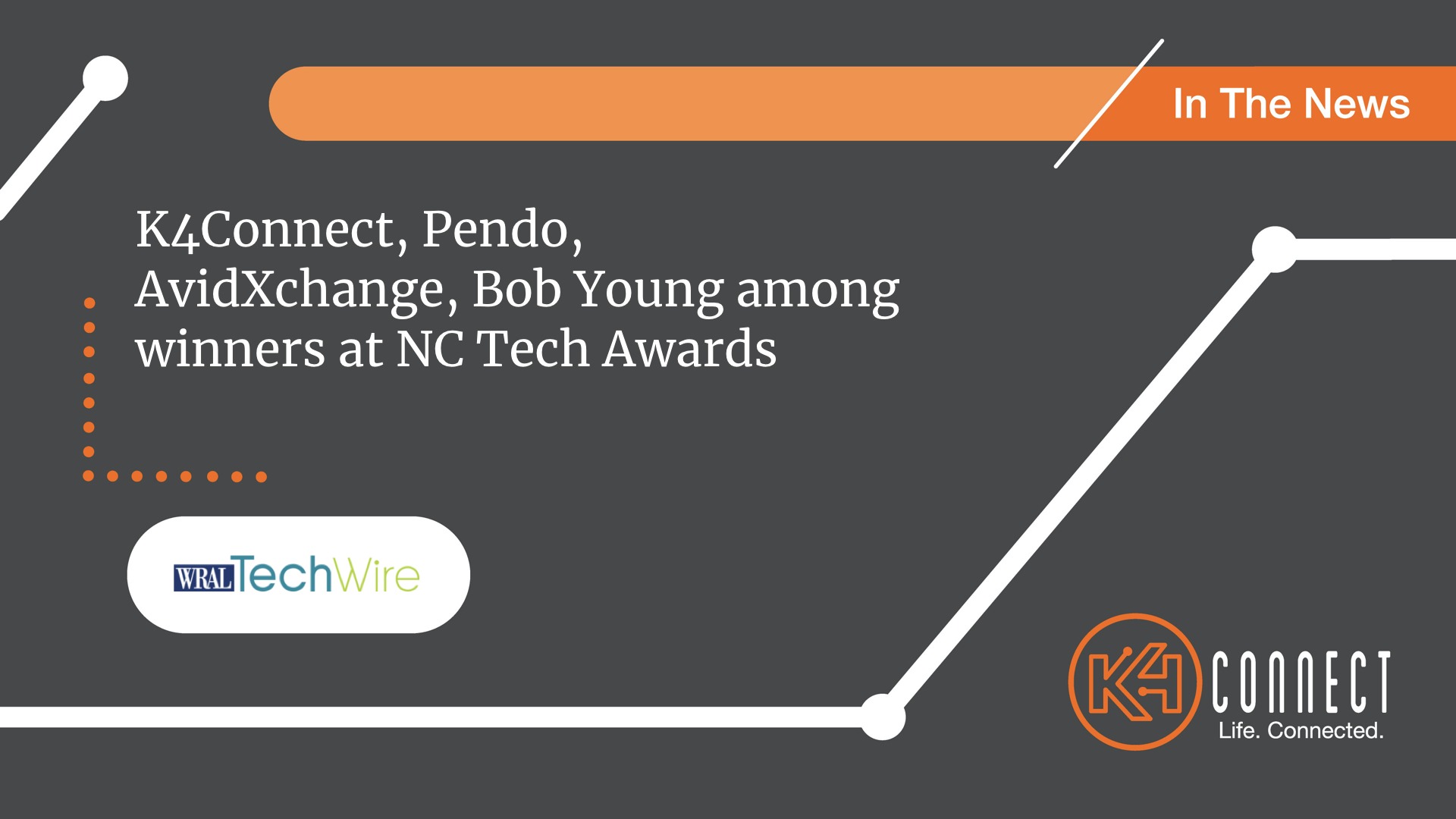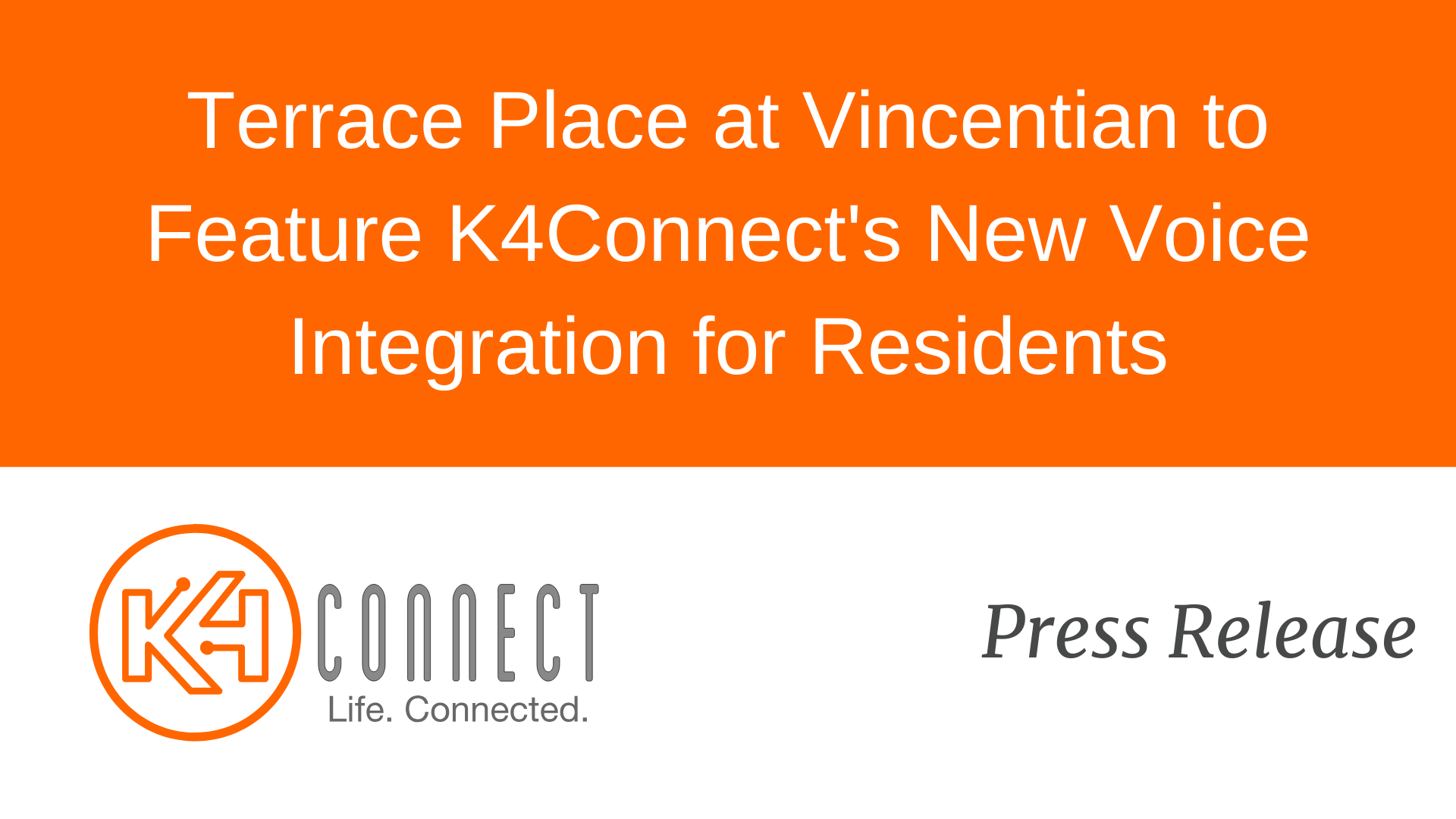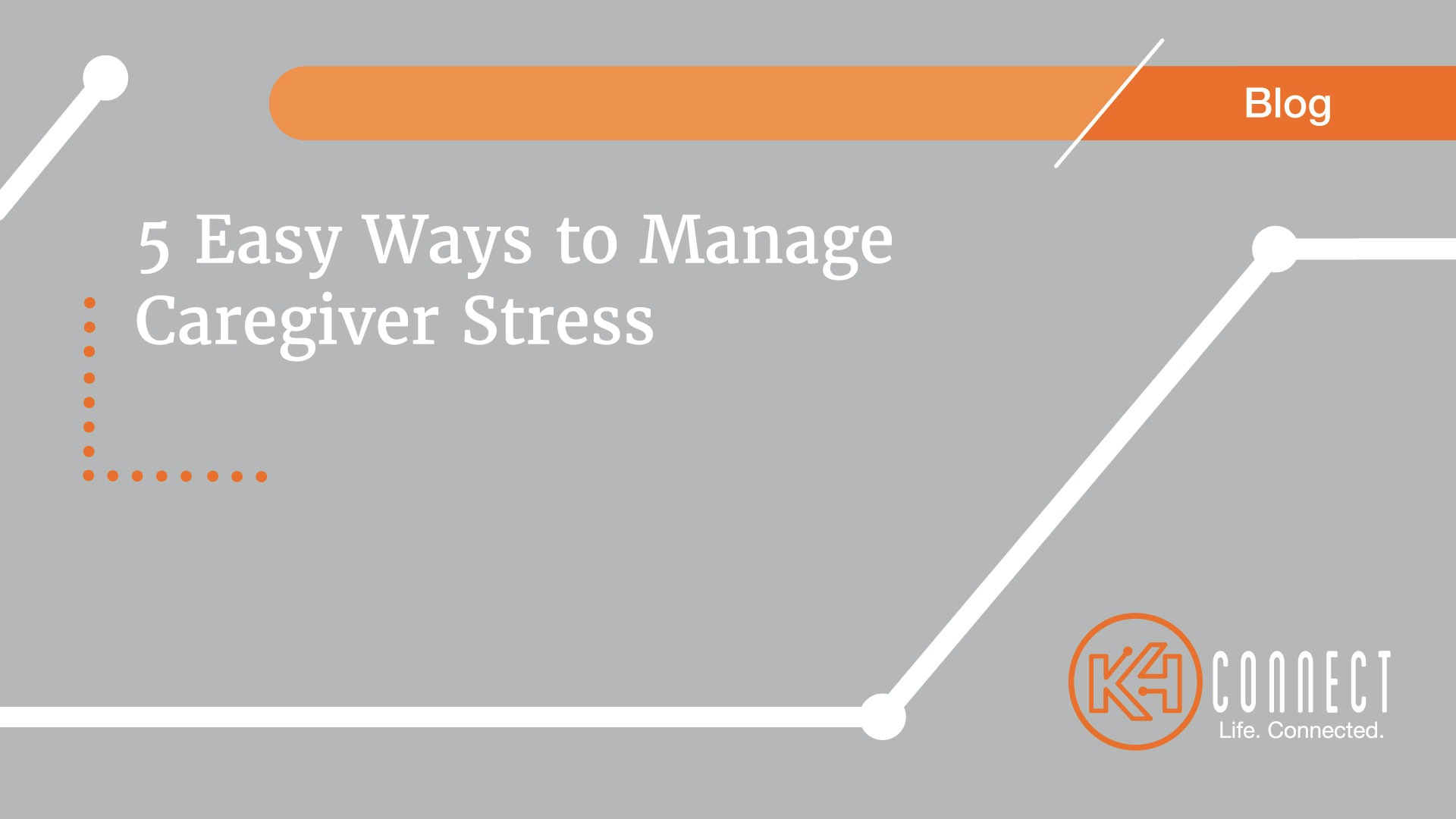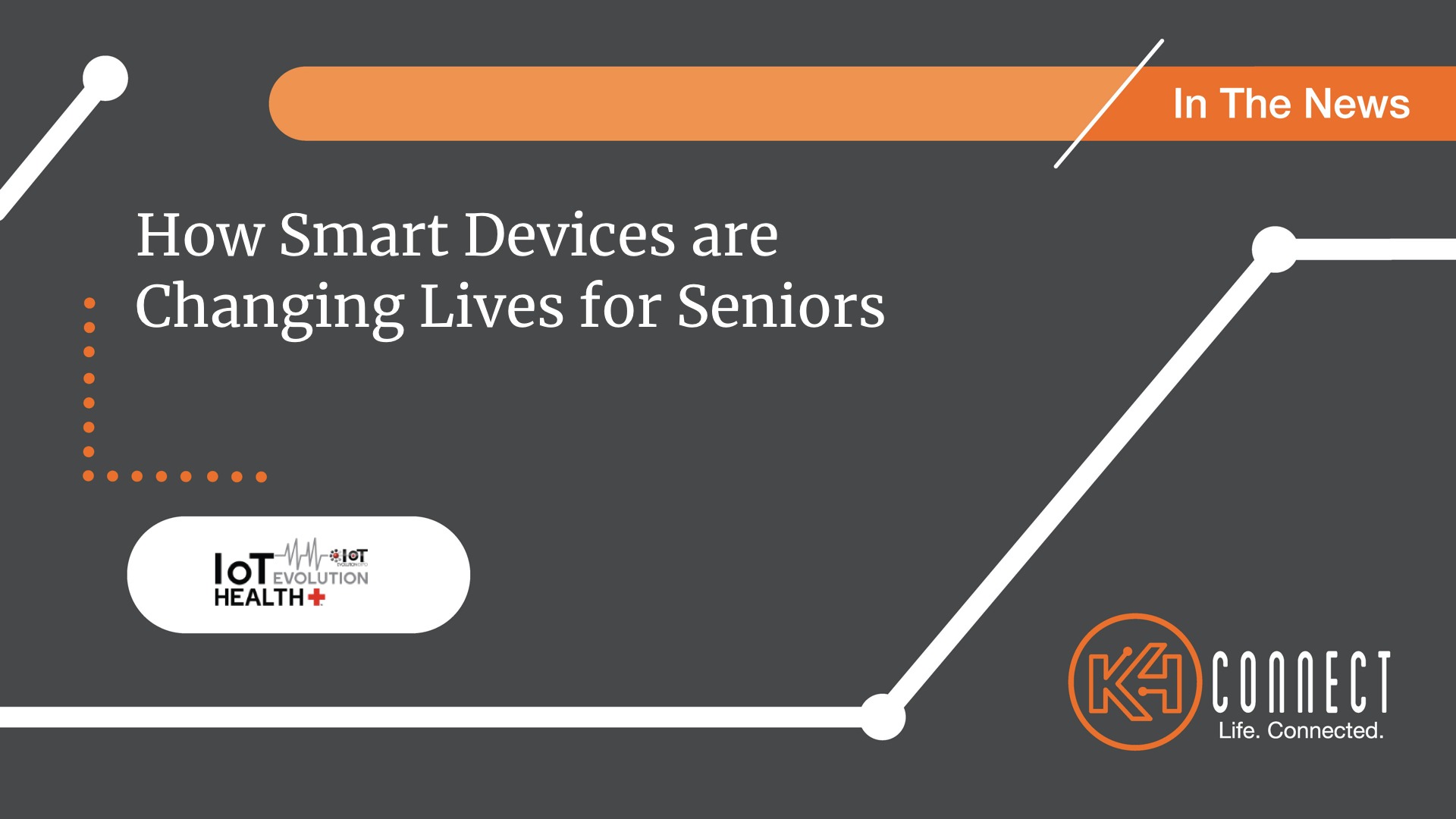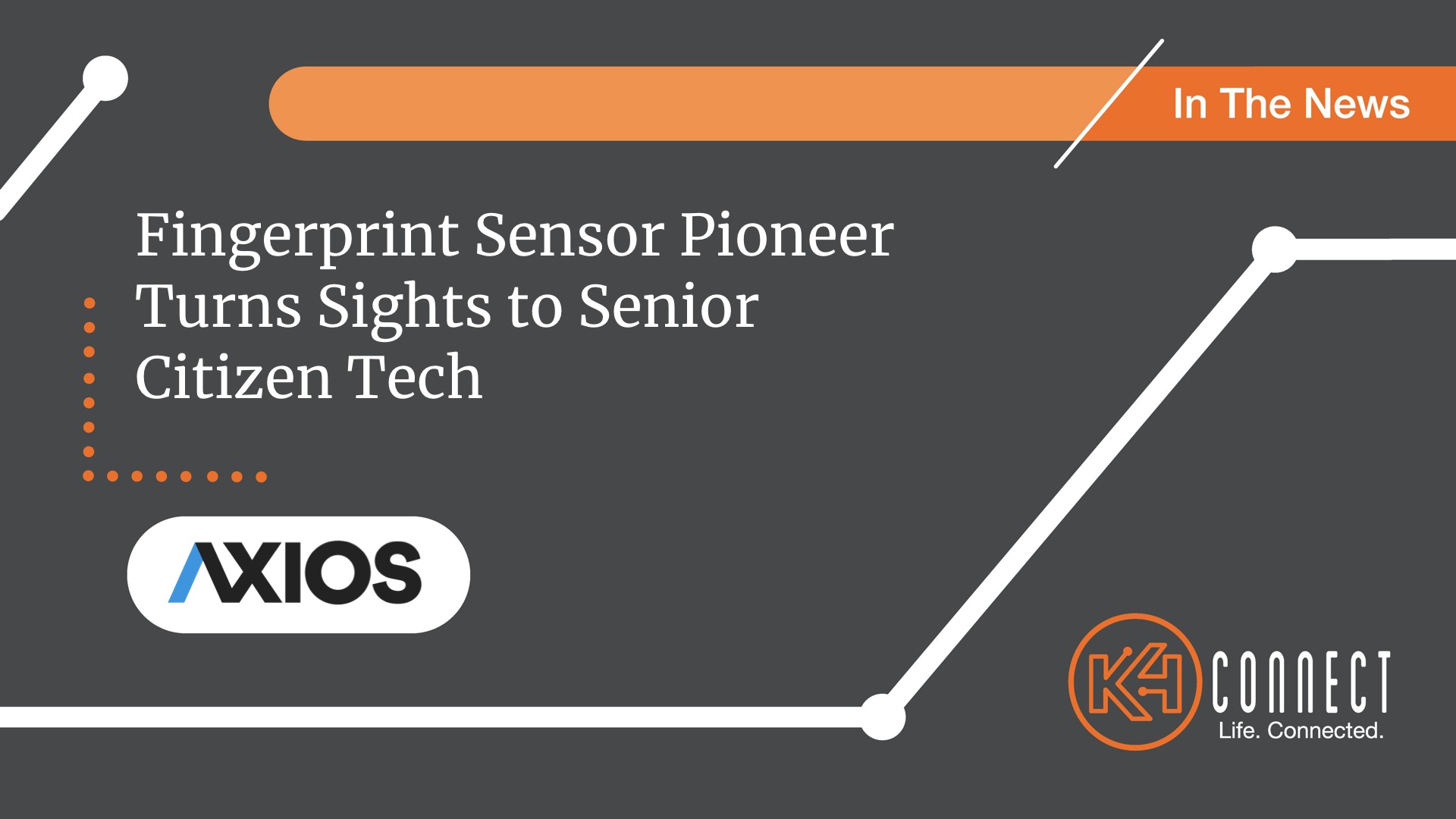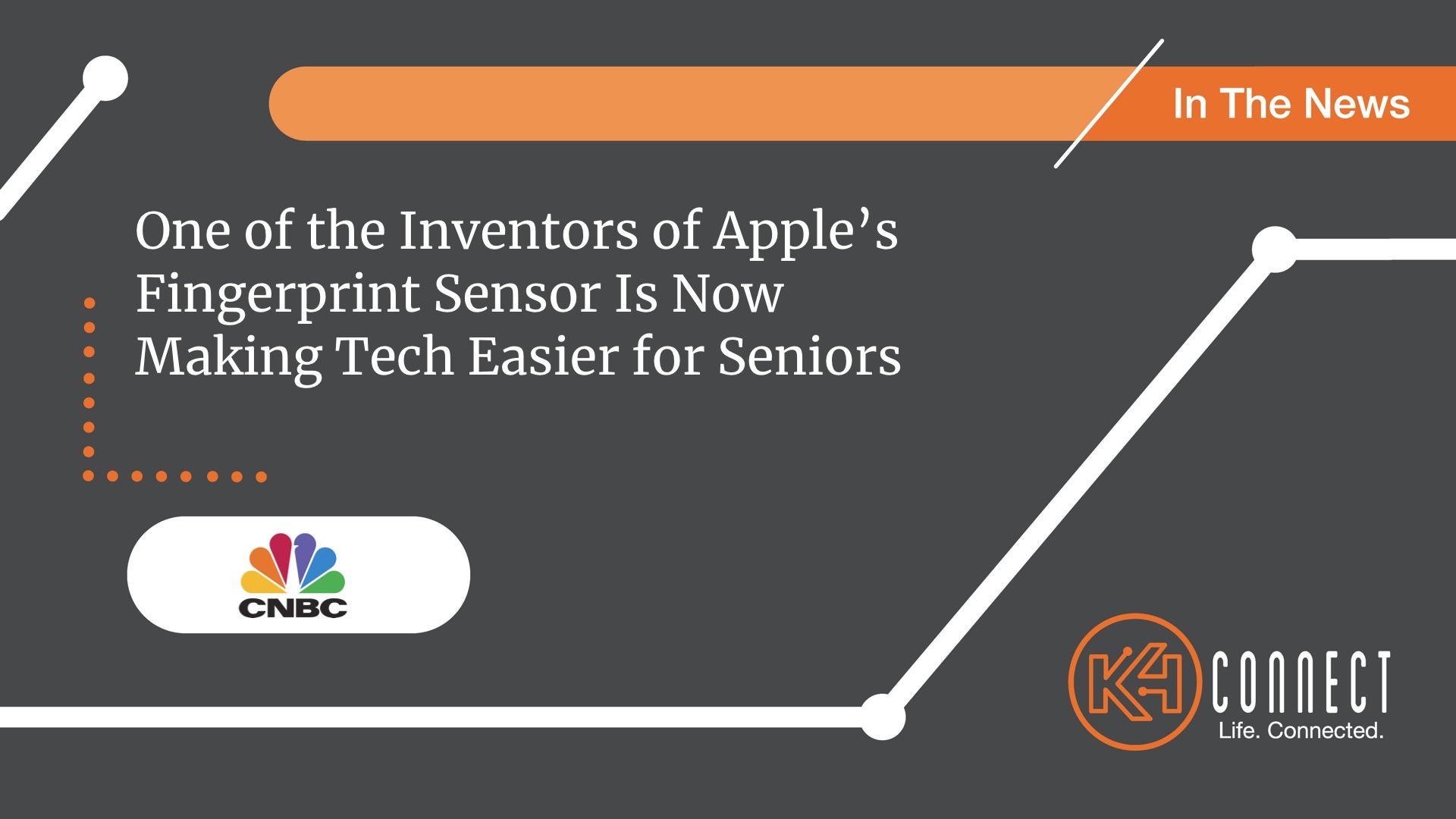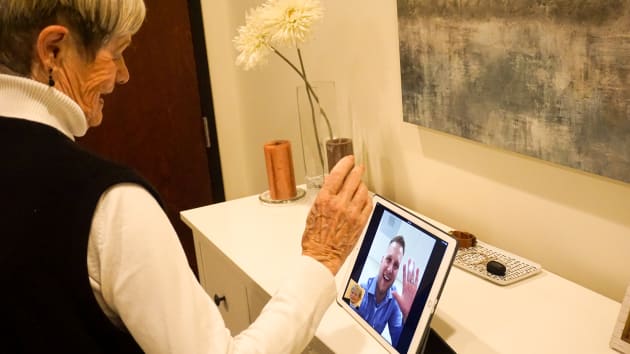Smart technology adoption will unlock the ability for senior living caregivers and families to provide better care and resources for loved ones, says K4Connect’s Senior VP of Engineering, Kuldip Pabla.
By: Robin Seaton Jefferson
December 17, 2018
Kuldip Pabla says it’s a misconception that senior adults “do not like or want technology,” and that error alone has caused the development of technology for older adults to lag behind that of younger people. Pabla is the senior vice president of engineering for K4Connect, a technology company that creates smart solutions for older adults and individuals living with disabilities. As such he has come up with five predictions that he says we should expect to see in the tech space for older adults in 2019.
As the world’s fastest growing demographic (by 2050 the number of older persons is expected reach 2.1 billion), “older adults both need and want technology that’s built specifically for them,” Pabla said.
He’s not wrong, at least about the aging demographic and how it is expected to change the world. According to the United Nations, “population ageing is poised to become one of the most significant social transformations of the twenty-first century, with implications for nearly all sectors of society, including labor and financial markets, the demand for goods and services, such as housing, transportation and social protection, as well as family structures and intergenerational ties.”
The following are five ways Pabla believes technology will change the lives of seniors and perhaps everyone else in 2019:
1. Consolidation of the senior-care vendor market:
“It’s a fact that the technology industry has lagged in engaging and serving the older adult market,” Pabla said. “This gave way, in the interim, to several niche vendors selling point products or single feature apps addressing older adult and senior living markets.” But this approach has put an unreasonable burden on senior living executives and older adults to play the role of system integrator and support specialist when it comes to attempting to create enterprise solutions—a huge barrier and cost for seniors as well as caregivers, assisted living and independent living community operators and loved ones, he said.
“Imagine a CxO [corporate executive] with a very small team dealing with 40 plus vendors to handle the digital transformation of their community or a senior dealing with 10 apps or more along with the various disparate smart devices to manage different aspects of their lives, Pabla said. “Not only is this an expensive approach, but one that is also time consuming and chaotic.”
Instead, with true enterprise platforms and through associated vendor consolidation, in 2019 CxOs will need to deal with fewer vendors, drive more and more value, and ultimately will see, in Pabla’s view, an acceleration of technology adoption in the space. “The value creation does not stop at the community, as these new integrated enterprise approaches will also dramatically improve user experience and value creation for older adults and residents as well. During 2019, we will see a beginning of consolidation in this market, where players with 360-degree services around the residents will start gaining traction,” he said.
An enterprise platform integrates multiple services from one or more vendors into a wholistic solution that provides a single and consistent user experience across services. It enables customers to interface with a single vendor, eliminates many older systems, and ultimately can eliminate the need to deal with multiple vendors.
It’s important to note that while there are various apps (or products) seemingly coming out every day, very few are designed specifically for older adults, Pabla said. “Most of these apps might be complete in themselves and can be used independently. However, they can provide a much better and holistic user experience when integrated together. To achieve this broadly integrated solution, a well architected platform plays a critical role.”
Pabla offers a few examples of the type of solutions which are often disparate, but have the capacity to be pulled together in senior living communities:
a. Community Calendars: Each community publishes daily, weekly and monthly calendars often across various service areas including wellness, trips and entertainment. Today, communities are using various tools to create, print and publish these calendars including design tools, word processors, slide creation or other online services. To make things more challenging, due to the limited nature and age of many of the tools in the space, the communities often have to re-enter data in various programs to get the information to print, the web, digital signage or even a resident app or portal.
b. Dining Management: Executives are ultimately managing 1 to as many as 10 different restaurants and cafes in their communities. Keeping menus, daily specials, reservations and special events up to date is a challenge. Much like community calendar management, we see various tools and templates used to solve pieces of the work flow. However, most communities are forced to do a lot of manual rework due to tooling limitations.
c. Digital Signage: Like hotels, older adult communities have multiple televisions to publish various content (announcements, calendars, events, daily specials, etc.). Digital signage enables communities to manage and publish contents to multiple screens simultaneously.
d. Others including surveys, family/staff/resident communications, resident directories and service requests (maintenance, housekeeping, etc.).
Read the remainder of Kuldip’s tech changes on the horizon for older adults on Forbes, here!
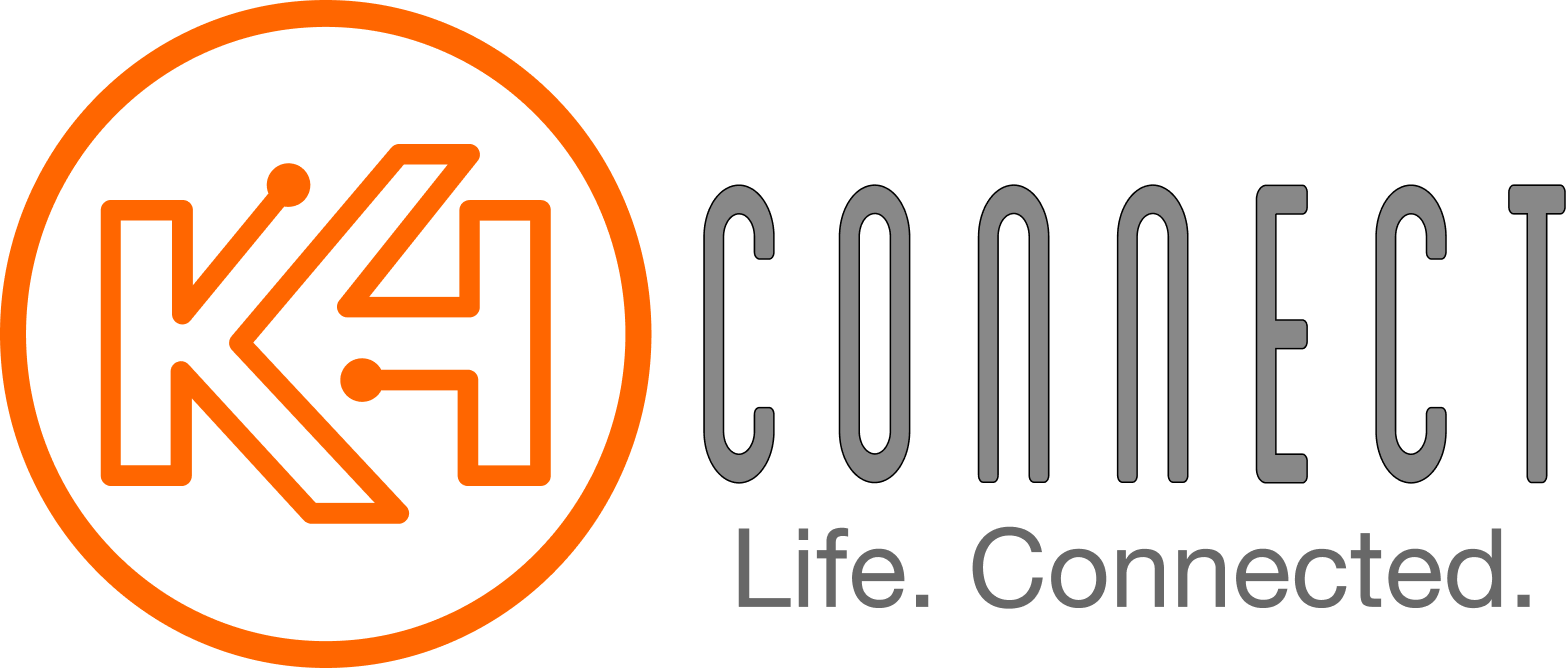
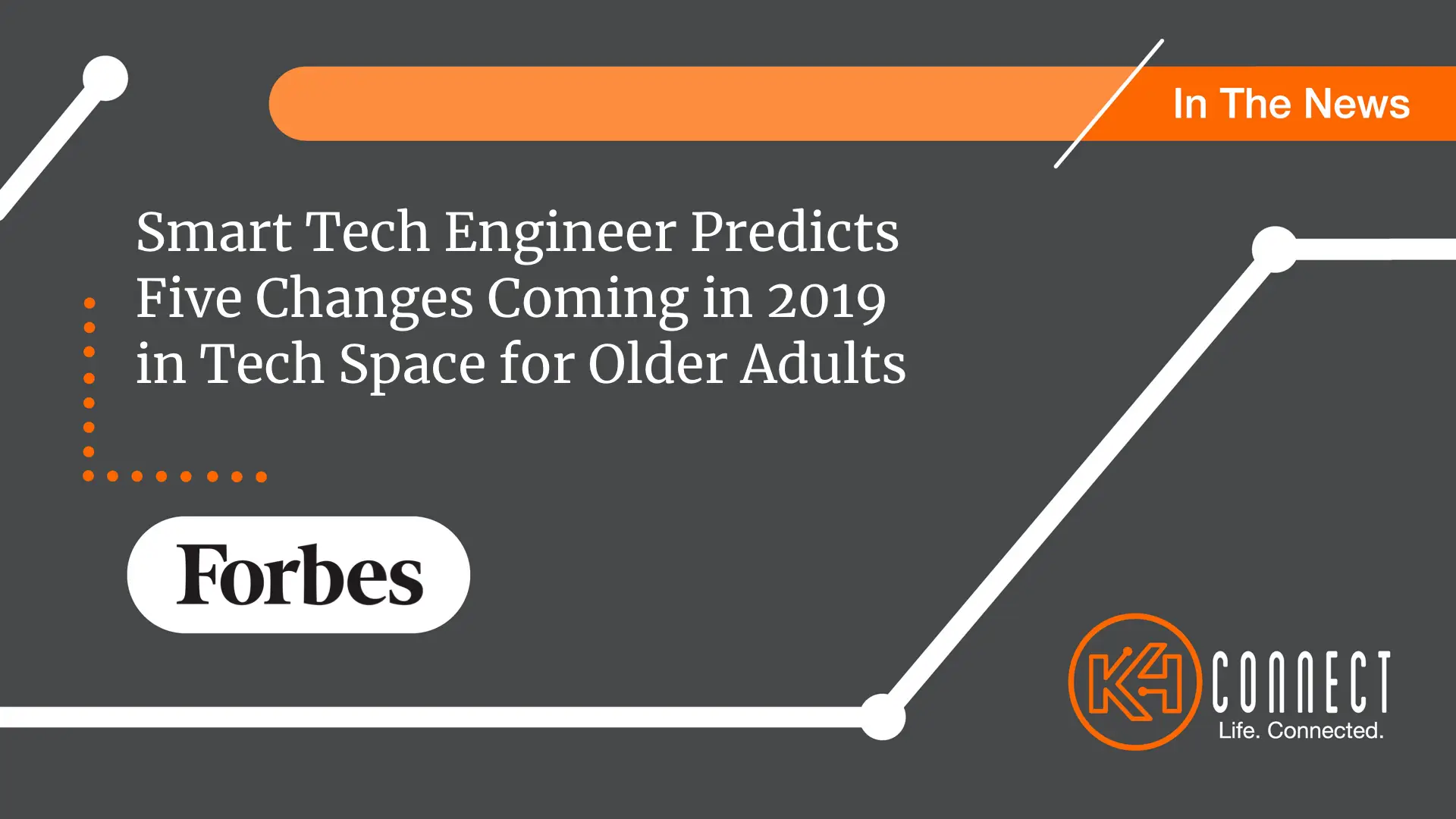
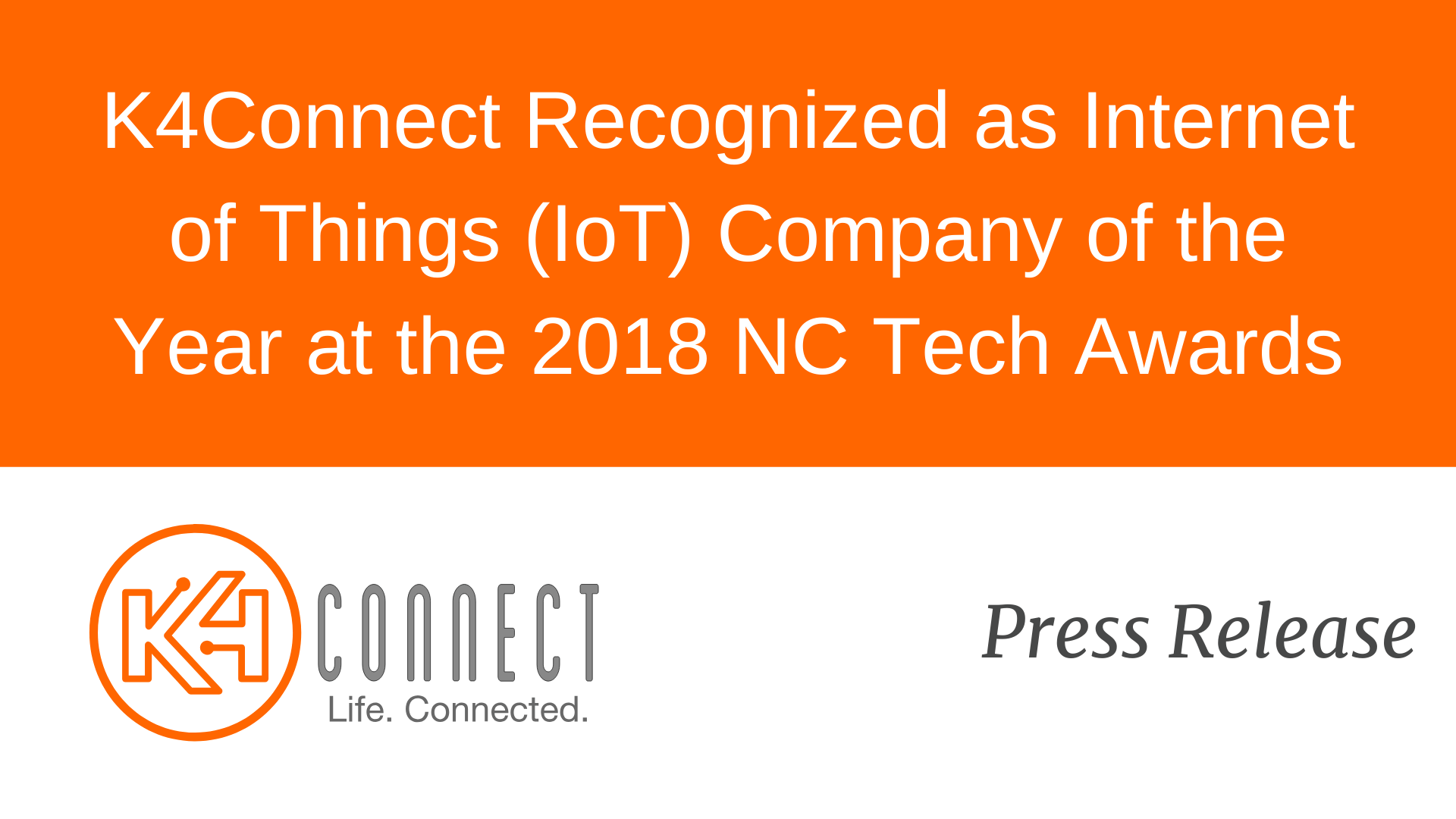

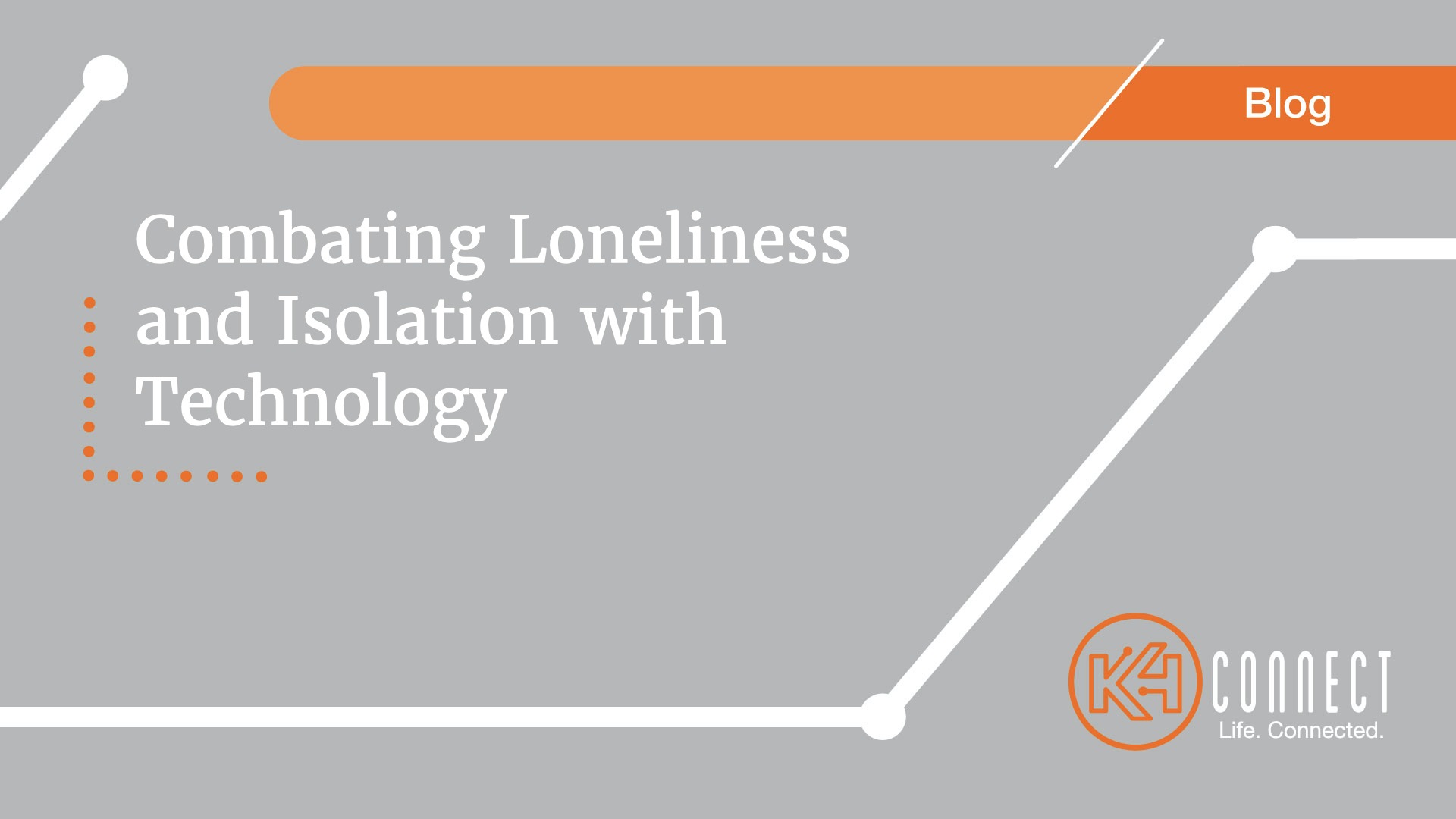



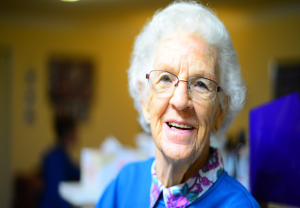 “You have not lived until you have done something for someone who can never repay you.” – John Bunyan
“You have not lived until you have done something for someone who can never repay you.” – John Bunyan